Today almost everyone is looking for natural Vitamin D Rich foods as they are not able to obtain requisite Vitamin D from sunlight. We have a global Vitamin D deficiency. That’s not something I say, its the numbers!
– Today 65% to 70% Indians are Vitamin D deficient!
– In the united states an estimated 85% of people are Vitamin D deficient.
There are very few Vitamin D foods that naturally contain this essential vitamin, and most of them are non-vegetarian.
Vitamin D is an essential vitamin naturally made by body when exposed to sun.
Natural Vitamin D rich foods include fatty fish such as swordfish, salmon, tuna & sardines. Some other additions are beef liver and free range egg yolks. These foods are the rich natural sources of vitamin D, and the fatty fish can alone cover your required daily value. Mushrooms, when grown in the sun may contain a high amount of vitamin D. Raw milk from grass fed cows (not your packet milk from commercial dairies), and some varieties of cheese also contain a decent amount of Vitamin D.
Unfortunately for vegetarians there is not much choice of Vitamin D from foods.
SUGGESTED READING :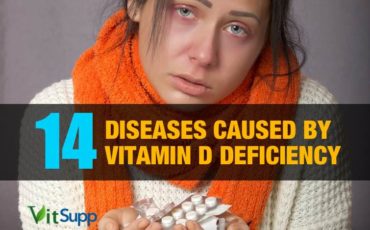
Contents
- Facts About Vitamin D
- List of Natural Vitamin D Rich Foods (with pictures)
- 13 Vitamin D Rich Foods (with % daily values)
- Why you may need Vitamin D Foods
- How to increase vitamin D levels quickly
- List of Vitamin D foods for Vegetarians
- Vitamin D Fruits and Vegetables
- Why Sunlight & Vitamin D Rich foods are essential for you?
- How much Vitamin D you need for a healthy Living
- Natural Sources of Vitamin D
- Vitamin D Deficiency
- Choose your Vitamin D Rich Foods alternative for a Healthy Life
- Ensure Gut-support for Vitamin D Absorption
- The answer is Vitamin D supplements.
- References:
- Frequently Asked Questions on Vitamin D Rich Foods
Facts About Vitamin D
Today almost everyone is looking for natural Vitamin D Rich foods as Vitamin D deficiency is on the rise in India and worldwide (1, 2).
This is quite surprising for India, which is a sunny country.
– Today 65% to 70% Indians are Vitamin D deficient!
– In the united states an estimated 85% of people are Vitamin D deficient.
What about you?
I am sure you already know that Vitamin D is an important element to improve bone health.
But did you know that Vitamin D deficiency has also been linked to cancer, diabetes, osteoporosis, rheumatoid arthritis, inflammatory bowel disease, multiple sclerosis and autism?
The Reference Daily Intake (RDI) is 400 IU of vitamin D per day from foods, but many health organizations recommend getting 600 IU (3).
If you don’t get enough sunlight, it should probably be closer to 1,000 IU per day (4).
List of Natural Vitamin D Rich Foods (with pictures)
There are very few food items that naturally contain Vitamin D, and most of them are non-vegetarian.
Whatever others might tell you, truthfully, its simply not possible for vegetarians to get sufficient amounts of Vitamin D from food. You can eat fortified foods with added synthetic vitamins. But why eat sugars, colors, and preservatives for vitamin D. My advice is simply supplement or stay out in the sun regularly.
-Anupama
Before supplementation do visit your doc and get your vitamin D levels checked. Remember, too much of synthetic vitamin D can cause harm.
Prepare your vitamin D rich foods without cooking or use only low heat as high heat will reduce vitamin D content in your food by 15-30%.
Now let’s have a look at some of the best sources of Vitamin D rich foods with their DV (daily value) percentage.
Suggested Reading: 14 diseases caused by Vitamin D deficiency
Here is an infographic of the natural vitamin D rich foods:

13 Vitamin D Rich Foods (with % daily values)
1) Sunlight
Promotes vitamin D synthesis from cholesterol in the skin.
2) Cod liver oil
1 tsp (1 tablespoon): 440 IU (over 100% DV)
3) Sardines
3 ounces (85 gms): 164 IU (41% DV)
4) Salmon
3 ounces (85 gms): 400 IU (100% DV)
5) Mackerel
3 ounces (85 gms): 400 IU (100% DV)
6) Tuna
3 ounces (85 gms): 228 IU (57% DV)
7) Raw Milk
1 cup: 98 IU (24% DV)
8) Beef
3 ounces (85 gms): 42 IU (11% DV)
9) Eggs
1 large (yolk): 41 IU (10% DV)
10) Butter (organic, grass-fed)
1 Stick (20grams approx): 9 IU (3% DV)
11) Cheese
28 grams : 6 IU (2% DV)
12) White Mushrooms
1 cup: 2 IU (1% DV)
13) Sour Cream (made from organic, grass-fed cows milk)
1 tsp: 2 IU (1% DV)
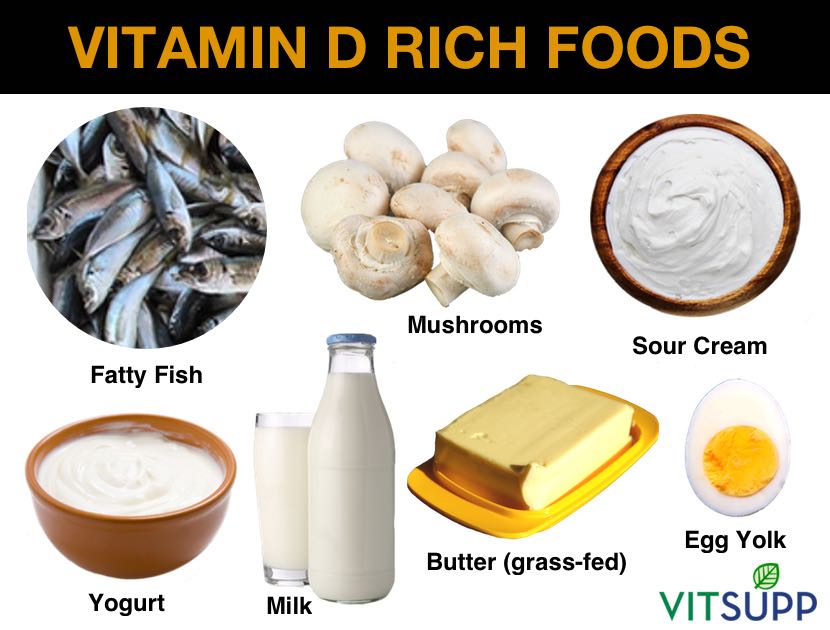
Why you may need Vitamin D Foods
The amount of vitamin D that your body needs may not get produced through sunlight due to the following reasons:
1. If you spend a lot of time indoors during the day.
For example, if you’re housebound, work nights or are in hospital for a long time.
2. Among individuals who cover their skin all of the time.
For example, if you wear sunscreen. A thick layer of clothes on your body will also play its part in minimizing the sun effect for vitamin D synthesis.
3. People that live farther away from the equator.
Such as in North America or Canada. This is because there are fewer hours of overhead sunlight the further away you are from the equator.
4. People who are overweight (obese) need more Vitamin D.
Obesity is associated with lower levels of vitamin D.
5. In climatic conditions that are too cloudy or foggy or polluted.
6. People on the low-fat diet and / or weight loss medication may not get the intended benefit.
7. People with darker skin.
The darker your skin, the more sun you need to get the same amount of vitamin D as a light-skinned person. For this reason, if you are dark skinned, you’re much more likely to have a vitamin D deficiency that someone light skinned.
SUGGESTED READING :
How to increase vitamin D levels quickly
To quickly increase your vitamin D level you must supplement Vitamin D3 and stay out in the sun. Wonder why nature has almost no foods with vitamin D? Perhaps because we are meant to be sunning ourselves!
Here are the levels of vitamin D suitable to adults:
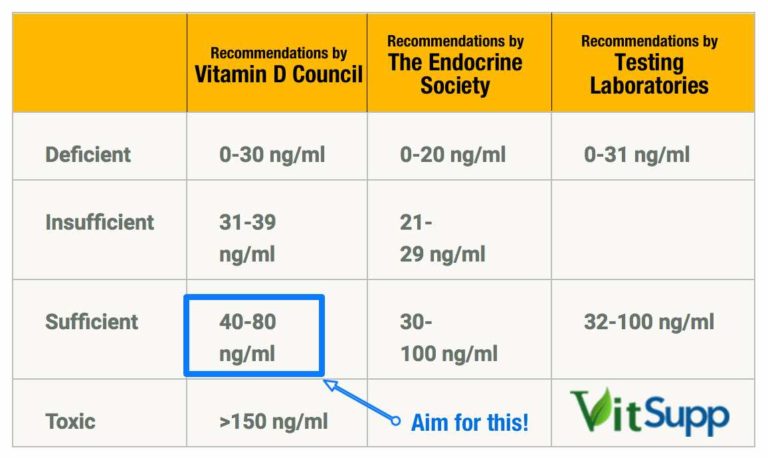
We will go with the Vitamin D council and recommend levels of 50-70ng/ml for peak fitness and well being.
BOTTOMLINE :
The Vitamin D Council believes that trying to get enough vitamin D from your diet is unlikely to give you the vitamin D you need.
There are 3 ways to quickly increase your vitamin D:
- Via Skin. Human skin can make large amounts of vitamin D when lots of skin is exposed and the sun is high in the sky. Exposing a large area like the back is better than exposing face or arms.
- Supplementation via natural sources. Supplementing fish oil/ cod liver oil is one of the fastest way to improve Vitamin D levels.
- Via Vitamin D supplements. Supplement directly with Vitamin D supplements. Go for Vitamin D3.
List of Vitamin D foods for Vegetarians
Among the vegetarian-friendly natural Vitamin D rich foods are Mushrooms and raw milk. Many vegetarians also consume fortified cereals, fortified soy milk, fortified orange juice etc., which are also rich in synthetic vitamin D.
These foods contain vitamin D in limited quantities but are the only choice (other than sunlight and supplements) for vegans. But like I said before why eat all that sugar, colour, preservatives for vitamin D. It is better to supplement. Again if supplementing first see a doc, test your vitamin D, then supplement and then test again to make sure that you are not getting too much.
Several soy products available today contain vitamin D due to fortification. But we don’t recommend soy to anyone. Research is still unsure about soy’s benefit/harm.
Below is the list of vitamin D rich veg foods readily available in markets with their daily percentage value.
| VITAMIN D RICH VEG FOODS |
IU’s PER SERVING |
PERCENT DAILY VALUE (%D.V.) |
| Raw Milk, 1 cup | 98 IU | 24 %D.V. |
| Mushrooms ( shiitake, dried), 100 gm | 154 IU | 32 %D.V. |
| Fortified cereals (100 gm) | 332 IU | 56 %D.V. |
| Plain Soy Yogurt (100 gm) | 52 IU | 9 %D.V. |
| Orange Juice (Vitamin D fortified), 1 cup | 112 IU | 26 %D.V. |
| Almond Milk (Vitamin D fortified), 1 cup | 119 IU | 29 %D.V. |
| Maitake (exposed to the sunlight), 100gm | 526 IU | 131 %D.V. |
Vitamin D Fruits and Vegetables
There are no known natural sources of Vitamin D rich fruits.
Mushrooms are the best source of vitamin D in the vegetable category as just like the human body; mushrooms produce vitamin D when grown under ultraviolet light or sunlight.
There are a different variety of mushrooms that are high in Vitamin D. Mushrooms that are exposed to sunlight when growing contain more vitamin D. Below is the vitamin D daily value of mushrooms (exposed to the sun) per 100 gm.
Below is the list of Vitamin D daily value of mushrooms (exposed to the sun) per 100 gm.
- Portabella: 758IU (189%)
- Maitake: 526IU (131%)
- Morel: 94IU (23%)
- Chanterelle: 76IU (19%),
- Oyster: 16IU (4%)
- White: 3IU (1%)
Why Sunlight & Vitamin D Rich foods are essential for you?

No doubt, our bodies can make most of the required vitamin D with proper exposure to the sunlight.
Therefore, people are advised to take sun bath to get rid of Vitamin D deficiency. However, they do not always get the expected outcome. According to a study: A 30 day’s trial on women who got proper exposure to the sun did not achieve the required level of vitamin D.
For example:
- If you are light skinned, 20 minutes in the sun is probably enough.
- But if you are dark skinned, even an hour maybe less!
The amount of time you spend in the sun is inversely proportional to the amount of skin exposed.
Meaning the more amount of skin is exposed (minimal clothing, no sunscreen) the less time you need to spend in the sun.
Other reasons why you will not get sufficient Vitamin D
However, you will not always get the expected outcome.
Why?
Vitamin D is fat soluble, and the sunlight (UVB rays) ingeniously converts our body fat (cholesterol) into vitamin D.
So, The bottom line is:
You need to have fat, let me correct myself a healthy fat! I recommend coconut milk or coconut oil.
Moreover, excessive usage of sunscreen, skin melanin content, cloud cover, pollution, age and clothing are among the factors that can severely impact the Vitamin D synthesis. These factors can reduce the Vitamin D production by more than 50%. So, next time you are out on a beach, take these things into account.
Special Life situations demand more Vitamin D
- Older people have thinner skin than younger people and they are not able to produce as much vitamin D as the young people.
- Infants that are breastfed and aren’t given a vitamin D supplement. If you’re feeding your baby on breast milk alone, take a supplement yourself, consider giving her a few drops and taking her out in the sun for some time.
- Pregnant women need more Vitamin D.
If you are under glass or plastic, it will block the UVB rays, which synthesizes the Vitamin D, but will let the UVA rays pass which may cause cancer!
So sunbathing in your car with AC on may not work! (Yeh! I tried that thinking I could get Vitamin D without the heat! Not so smart! 🙂 )
How much Vitamin D you need for a healthy Living
For adults (both male and female) and children, the current daily recommended intake of vitamin D is 600 IU (international units) or 15 mcg (micrograms, 40 IU is equal to 1 mcg) and the upper limit is 4000 IU.
Large doses of vitamin D can be toxic and may result in serious health ailments and long-term complications, but as long as you are taking it in the form of food or sunshine, you should be OK.
When it comes to vitamin D foods for vegetarians, there are very limited options to choose.
The percentage daily value of vitamin D that we get from veg foods are also very low.
According to a survey in India:
- Approx. 65-70 % people are vitamin D deficient.
- The ratio is even worse for women. 70% urban women and 76% in total are suffering from vitamin D deficiency.
- To make it more horrifying, another 15% have insufficient vitamin D.
These data are devastating considering the fact that unlike the colder countries where people don’t get enough sunlight, India always gets a plenty of it round the year.
Natural Sources of Vitamin D
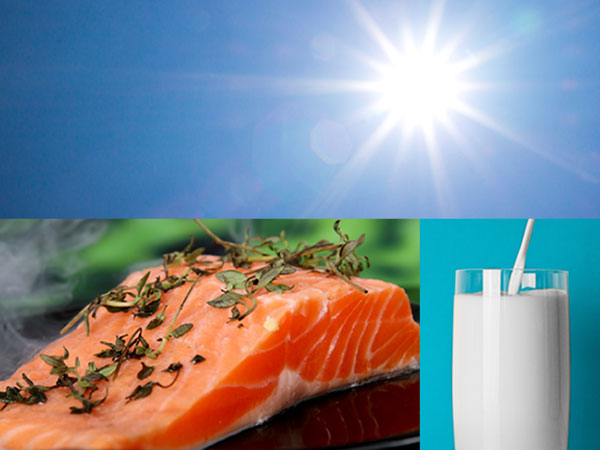
Of all the natural sources of Vitamin D, sunlight is your best bet to get vitamin D, and it is free too. 20-30 minutes exposure to the sun twice a week over a sustained period should provide you with most of the vitamin D that your body requires.
However, it is not always possible to meet Vitamin D requirements from sunlight. In such situations you may have to resort to Vitamin D rich foods.
Vitamin D Deficiency
Vitamin D though called “vitamin”, is actually a hormone. It plays a vital role in calcium absorption into the bones.
Deficiency of vitamin D can have adverse health effects such as rickets (bone softening which commonly occurs in children), thin or brittle bones (osteoporosis), weak immune system.
Vitamin D deficiency can propel the growth of cancer cells and increase the risk of heart diseases.
The impact of Vitamin D deficiency
While having low vitamin D does not have any outwardly obvious signs, it impacts an
a lot of systems and functions in your body. It impacts
- Heart health
- Skin health
- Pancreatic health
- Aging process
- Sleep patterns
- Reproductive health
- Athletic performance
- Eye health
- Vascular system health
- Respiratory health
- Immune health … Most people do feel in better health during the summer sunshine than the winter or rains.
- Mental health & depression
- Weight Loss Management, including carbohydrate and fat metabolism
- Hair Growth
According to Harvard University, Vitamin D deficiency has become a pandemic, and an estimated 1 billion people worldwide may be low in vitamin D.
Now that you understand that Vitamin D is essential, it is time that you take an action.
Choose your Vitamin D Rich Foods alternative for a Healthy Life
Hence, sometimes soak up the sun formula can turn ineffective (or may be partially effective) and you got to have alternatives to be on safe side.
What better option than the food sources (for vitamin D) can we have?
Any food that provides more than 20% of the daily value of Vitamin can be defined as the best source of vitamin D.
These include staying out in the sun, cod liver oil, swordfish, salmon, tuna fish, some variety of mushrooms (exposed to ultraviolet while growing), egg yolks, raw milk and off course Vitamin D3 supplementation.
Ensure Gut-support for Vitamin D Absorption
The absorption of fat-soluble vitamin D is heavily dependent on the gut and its ability to absorb the dietary fat.
Sometimes, our incapable gut may prove both sunlight and foods wrong by not absorbing the vitamin D properly.
What’s your plan C then?
The answer is Vitamin D supplements.
They are the best choice for Individuals with reduced ability to absorb dietary fat.
Plenty of options are available in the market, but we would recommend the proven formulas:
VRP Vitamin D3 Supplement
Kirkman Vitamin D-3
These two supplements are one of the best available in India. They are easy to absorb and very effective.
Make sure you always use vitamin D3 (cholecalciferol) and not vitamin D2 (ergocalciferol, the inferior form of the vitamin D).
Many researchers have shown that vitamin D3 is approximately 87% more potent than D2 in raising and maintaining vitamin D concentrations.
Worldwide vitamin D deficiency is reaching epidemic proportions. So get yourself tested.
References:
- How the sun and UV cause cancer, cancerresearchuk.org
- Vitamin D – Fact Sheet for Health Professionals, ods.od.nih.gov
- 65-70% Indians are Vitamin D deficient. Here’s why you should worry, timesofindia.indiatimes.com
- Vitamin D Standard Reference Material, nist.gov
- Vegetarian Vitamin D Food Sources, oldwayspt.org
- The Vitamin D Council, vitamindcouncil.org
- Getty Images
- https://www.cancer.gov
Frequently Asked Questions on Vitamin D Rich Foods
India being a tropical country has year round access to sunlight, the best and cheapest sources pf Vitamin D.
However, one can not depend only on sunlight for the fulfilment of their Vitamin D needs.
Therefore more and more Indians are actively consuming vitamin D-rich foods to fulfil their nutritional needs. Primary sources of Vitamin D Rich Foods in India are:
Primary sources of Vitamin Rich Foods in India are:
1. Cod liver oil
2. Raw cow milk
3. Mushrooms
4. Fortified Cereals
5. Egg yolk
6. Fortified Soymilk
7. Fortified Fruit juices
8. Vitamin D Supplements
There is only one known source of natural food rich in Calcium and Vitamin D, that is raw milk. Upon processing such as pasteurization, milk loses its Vitamin D content.
Spending time outdoors and in the sun will naturally increase your vitamin D levels. Vitamin D from the sun may circulate for twice as long as vitamin D from supplements or food. Additionally, you can eat egg yolks, fatty fish, and mushrooms. Oranges are the only fruit that has a significant amount of Vitamin D in it. Vegetables such as spinach, soybeans, and white beans are also good for your health. While these are good ways of increasing vitamin D levels, one can also take supplements. It is recommended that you see a doctor and get your vitamin D levels checked before taking any supplements. Too many supplements can be harmful. Supplements are often beneficial for increasing the level of vitamin D in the body.
You’ll need to look beyond fruits if you want to find foods that can help you meet your vitamin D needs. At this time, we are not aware of any fruits that contain vitamin D. However, some fruit juices do contain vitamin D; for instance, orange juice does.
Most frequently, a lack of sunlight exposure results in vitamin D deficiency. The deficiency may also result from certain disorders. The most frequent reason for the deficiency is a lack of sunlight exposure, which typically occurs when the diet is lacking in vitamin D, but other medical conditions can also be to blame. Loss of bone density brought on by a vitamin D deficiency may increase the risk of osteoporosis and fractures. Your bones may become thin, brittle, or misaligned as a result. Additionally, the immune system and the production of insulin seem to be impacted by vitamin D. Other illnesses can also be brought on by severe vitamin D deficiency. In children, it can cause rickets. The rare disease rickets makes the bones brittle and prone to breaking. Allergies, asthma, and eczema in children are also linked to low vitamin D levels.
Natural foods that are rich in calcium and Vitamin D are :
Spinach
Kale
Okra
Soybeans
White Beans
Sardines
Fortified Orange
In addition, there are some beverages that can aid in raising the body’s vitamin D levels. Let’s take a look at the drinks.
Orange Juice
Cow Milk
Soy Milk
Curd
Butttermilk
Carrot Juice
According to nutritionists, bananas are rich in potassium and pectin, a type of fiber. Green leafy vegetables and legumes, or simply “greens and beans,” are the healthiest sources of calcium. Numerous green vegetables, such as broccoli, Brussels sprouts, collards, kale, mustard greens, and others, are rich in highly absorbable calcium.

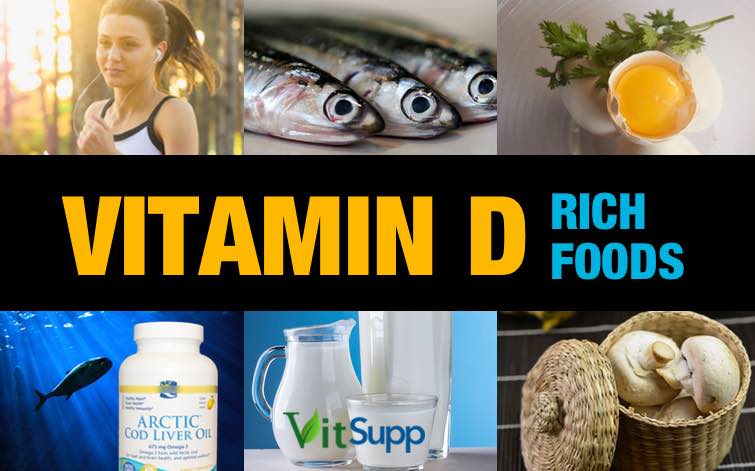
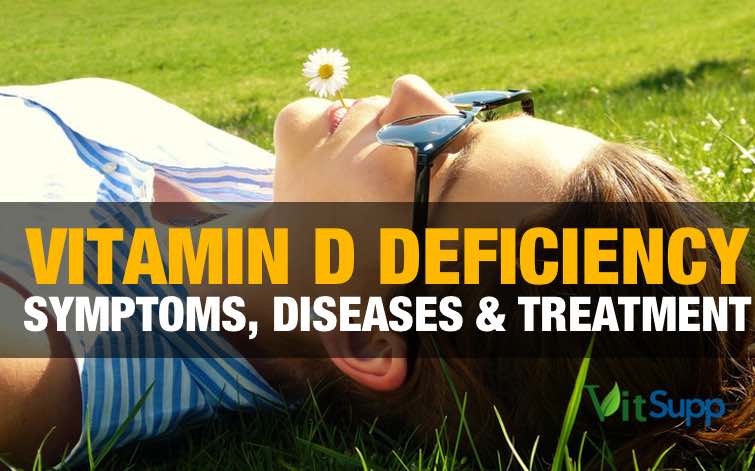
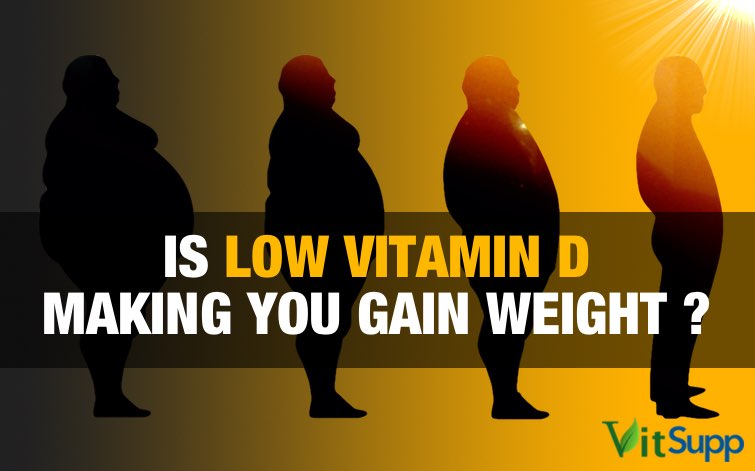


We all know Vitamin C is essential to treat common cold in children. But, do you know that it is vital for the dental health of your kid too? Vitamin C can also heal his cuts and bruises.